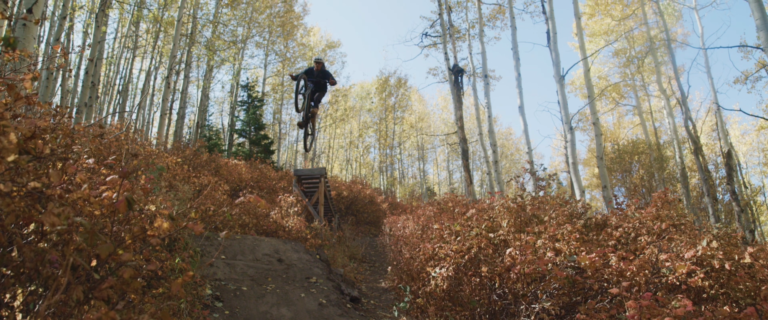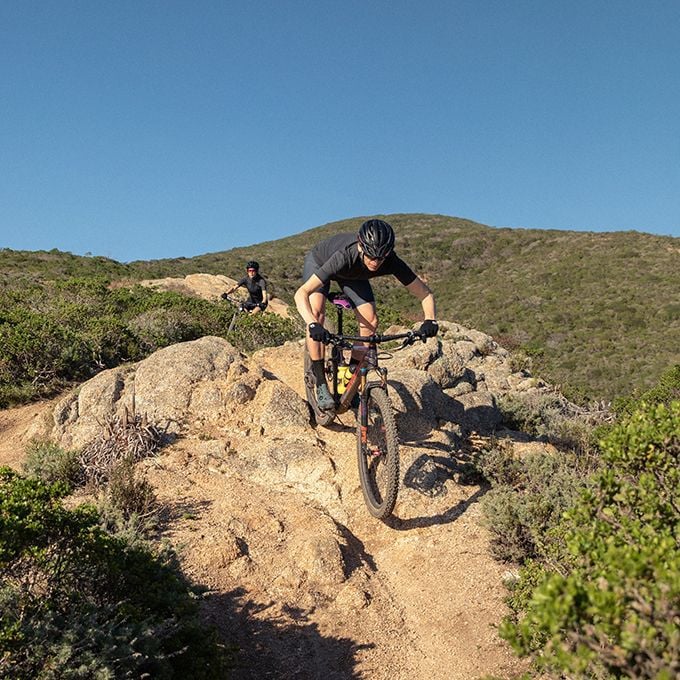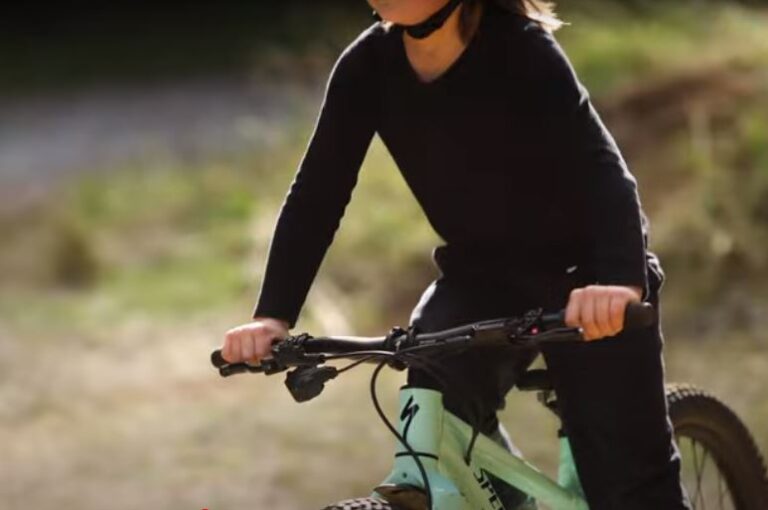Suspension Options for Gravel Bikes: A Seasoned Cyclist’s Guide

Key Point Summary of Suspension Options for Gravel Bikes:
- Enhancing Ride Comfort: Suspension systems in gravel bikes improve comfort over rough terrain.
- Improving Control and Traction: By absorbing bumps, suspension helps maintain better control and tire contact with the ground.
- Types of Suspension: Options include fork and frame suspension, with innovations like short-travel forks and rear shock absorbers.
- Personalization and Adaptability: Suspension settings can be adjusted to suit rider preference and terrain challenges.
Gravel biking has exploded in popularity, blending the thrill of off-road adventure with the speed and efficiency of road cycling. As a masters cyclist with years tucked under my helmet, riding across mountain trails, muddy cyclocross courses, and now the less-trodden gravel paths, I’ve seen firsthand the evolution of bike technology. And one aspect that’s particularly fascinating is how suspension systems have adapted to the unique demands of gravel riding. Now, let’s delve into the nitty-gritty of suspension options for gravel bikes and how they can transform your ride.
The Rationale Behind Suspension in Gravel Bikes
Gravel riding is all about versatility. One minute you’re cruising on a smooth, hard-packed surface; the next, you’re bouncing over a bed of loose rocks. Early on in my gravel adventures, I quickly realized that the rigid setup I used on my road bike just wouldn’t cut it. That’s where suspension comes into play.
Unlike mountain bikes, where heavy-duty suspension is a given to navigate technical terrain, gravel bikes require a more nuanced approach. The goal is to strike a balance between absorbing enough road shock to stay comfortable without sacrificing the bike’s responsiveness or adding unnecessary weight.
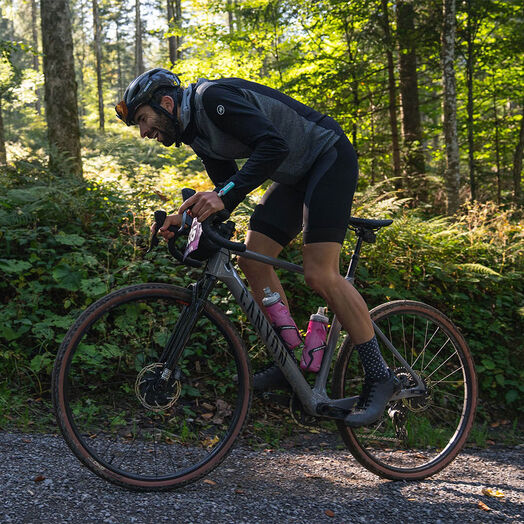
Fork Suspension: The Frontline of Shock Absorption
Fork suspension in gravel bikes often takes a minimalist approach. We’re talking about shorter travel lengths—somewhere in the neighborhood of 30mm to 50mm. This is enough to take the edge off those harsh vibrations and bigger bumps without turning the bike into a full-blown mountain rig. My first foray into using a gravel bike with a suspension fork was eye-opening. The difference in comfort and control was palpable, especially on long, rough descents where every little shock can be magnified.
Frame Suspension: Smoothing Out the Ride
While less common than fork suspension, frame suspension systems have started to carve out their niche in the gravel scene. These systems, such as rear shocks or more subtle seat stay flex designs, aim to reduce the impact transferred to the rider. I remember testing a bike equipped with a frame suspension system on a particularly gnarly gravel route. The reduction in fatigue by the end of the ride was significant, making it clear that there’s real value in these innovations for the gravel enthusiast.
The Advent of Gravel-Specific Innovations
The gravel biking community is nothing if not inventive, leading to the birth of specialized components like gravel-specific suspension forks and even dropper posts for better handling on steep descents. These innovations offer a tailored approach to suspension, ensuring that the bike remains light and efficient but still capable of handling whatever the path throws at you.
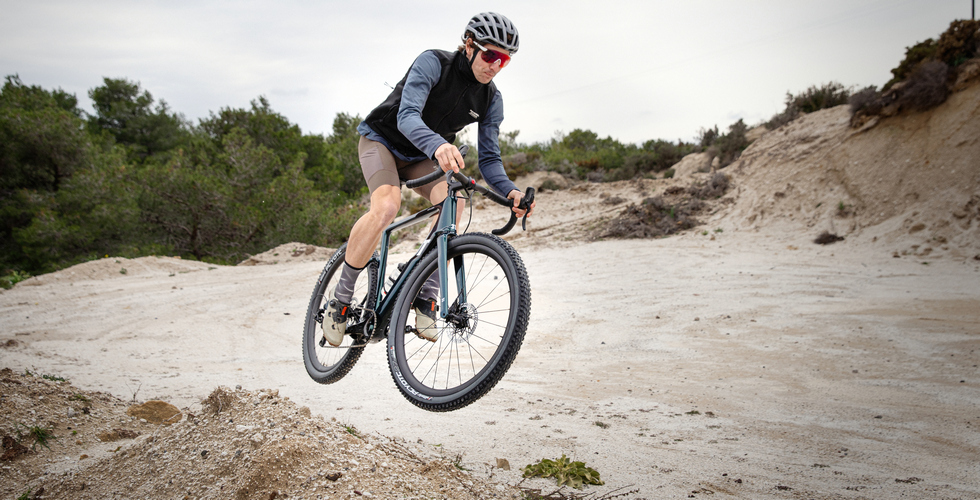
Setting It Right: The Importance of Adjustability
One thing I’ve learned is that there’s no one-size-fits-all when it comes to suspension settings. Factors like rider weight, terrain, and personal preference all play a role. Most modern suspension systems offer a range of adjustability, from simple preload adjustments to more complex damping controls. Taking the time to dial in these settings can make a world of difference in your bike’s performance and your overall enjoyment.
Personal Reflections
Learning the Hard Way: My early attempts at gravel riding were marked by stubborn adherence to a fully rigid setup, influenced by my road cycling background. It wasn’t until a particularly jarring century ride that I began to reconsider. The switch to a bike with fork suspension transformed my experience, allowing me to tackle more challenging routes with confidence.
The Experimentation Phase: Delving into the world of adjustable suspension, I experimented with various settings over multiple rides. It was a process of trial and error, finding that sweet spot where comfort and performance meet. This journey of adjustment not only improved my ride quality but also deepened my understanding of how different components interact with gravel terrain.
A Convert’s Perspective: Having now experienced the benefits of both fork and frame suspension on gravel bikes, I’ve become a convert to the cause. The added weight and maintenance are small prices to pay for the increase in comfort and control. Plus, the ability to adapt my bike to suit different riding conditions has opened up new avenues for exploration.
Final Thoughts
Gravel biking offers a unique blend of adventure, challenging terrain, and the joy of cycling in its purest form. The right suspension setup can enhance this experience, making your rides more enjoyable and allowing you to push further and faster with greater comfort. Whether you’re just starting to explore the world of gravel biking or you’re a seasoned rider looking to upgrade your setup, considering the role of suspension is crucial.
As you embark on your gravel riding journey, remember that the best bike is the one that feels right for you. Don’t be afraid to test different suspension options and settings until you find your perfect match. Here’s to smooth rides on rough roads—may your adventures be many and your discomfort minimal.
The main key of gravel bike suspension is to enhance comfort and control over rough terrain without significantly adding to the bike’s weight or compromising its efficiency. A model that exemplifies this balance is the Specialized Diverge, known for its innovative Future Shock technology.
The Specialized Diverge stands out in the world of gravel bikes largely due to its pioneering suspension feature, the Future Shock. This system, located above the head tube, provides suspension directly under the handlebars, offering several key benefits to gravel cyclists:
- Improved Comfort: The Future Shock system delivers up to 20mm of travel, significantly reducing the impact of bumps and vibrations transmitted through the front of the bike. This results in less fatigue on the rider’s hands, arms, and shoulders, allowing for longer, more comfortable rides on varied gravel surfaces.
- Enhanced Control: By absorbing shock directly at the front, the Future Shock maintains better front wheel traction, especially over rough and uneven terrain. This increased control is crucial for navigating gravel roads, where loose surfaces and unexpected obstacles can pose challenges.
- Preserved Efficiency and Handling: Unlike traditional suspension systems that can affect the geometry and performance of the bike, the Future Shock is positioned in a way that minimizes changes to the bike’s handling characteristics. This means the Diverge retains the responsiveness and agility of a road bike while benefiting from the added comfort and control of suspension.
- Adaptability: The Future Shock system is designed to be fine-tuned to the rider’s weight and riding style, as well as the terrain. This adaptability ensures that every rider can optimize their setup for maximum comfort and performance, whether they’re tackling smooth, rolling gravel or more technical off-road trails.
- Minimal Weight Penalty: The design of the Future Shock system adds minimal weight to the bike, keeping the Diverge nimble and quick. This is a crucial consideration for gravel cyclists who value the efficiency and speed of their bikes, even with the added benefit of suspension.
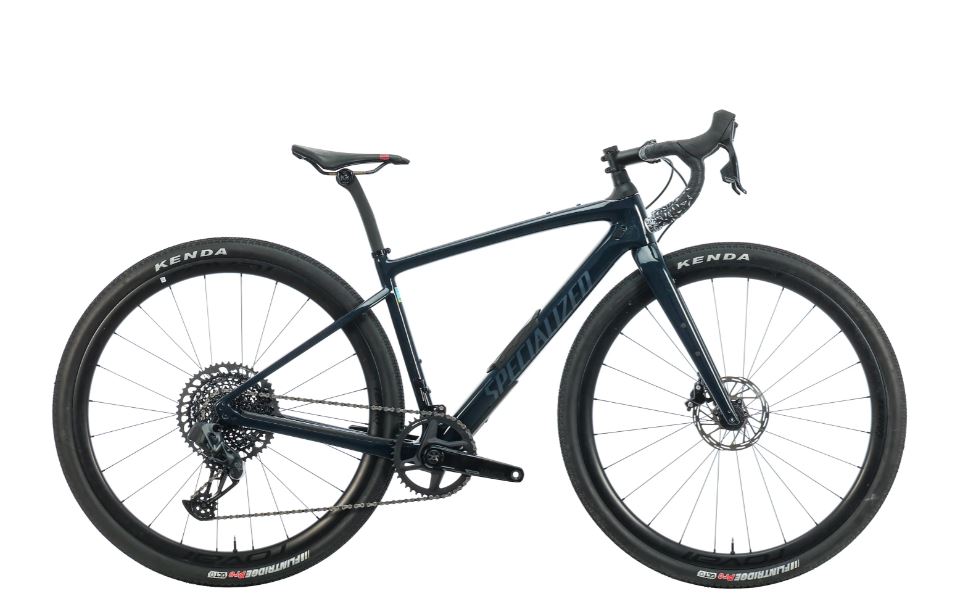
In summary, the Specialized Diverge, with its Future Shock suspension, offers gravel cyclists a unique advantage by providing significant shock absorption and improved control without compromising the bike’s efficiency or agility. This makes it an ideal choice for riders looking to tackle a wide range of gravel riding adventures, from fast-paced endurance rides to more technical off-road explorations.
FAQ
Can I put suspension on my gravel bike?
Yes, you can add suspension to your gravel bike, either through a suspension fork designed for gravel bikes or other suspension components like a seatpost.
Do I need drop bars on a gravel bike?
Drop bars are not strictly necessary on a gravel bike, but they are standard due to their versatility and the multiple hand positions they offer, which can improve comfort and control on varied terrain.
What terrain can a gravel bike handle?
A gravel bike can handle a wide range of terrains, including gravel roads, dirt paths, forest tracks, and light trails. It’s designed to be more durable and versatile than a road bike, making it suitable for mixed-surface adventures.
Are gravel bikes good in mud?
Gravel bikes can perform well in mud due to their wider tire clearance, allowing for larger, more aggressively treaded tires that provide better grip and stability in muddy conditions. However, performance can vary based on the bike’s specific design and tire choice.
Happy gravel grinding!
John


